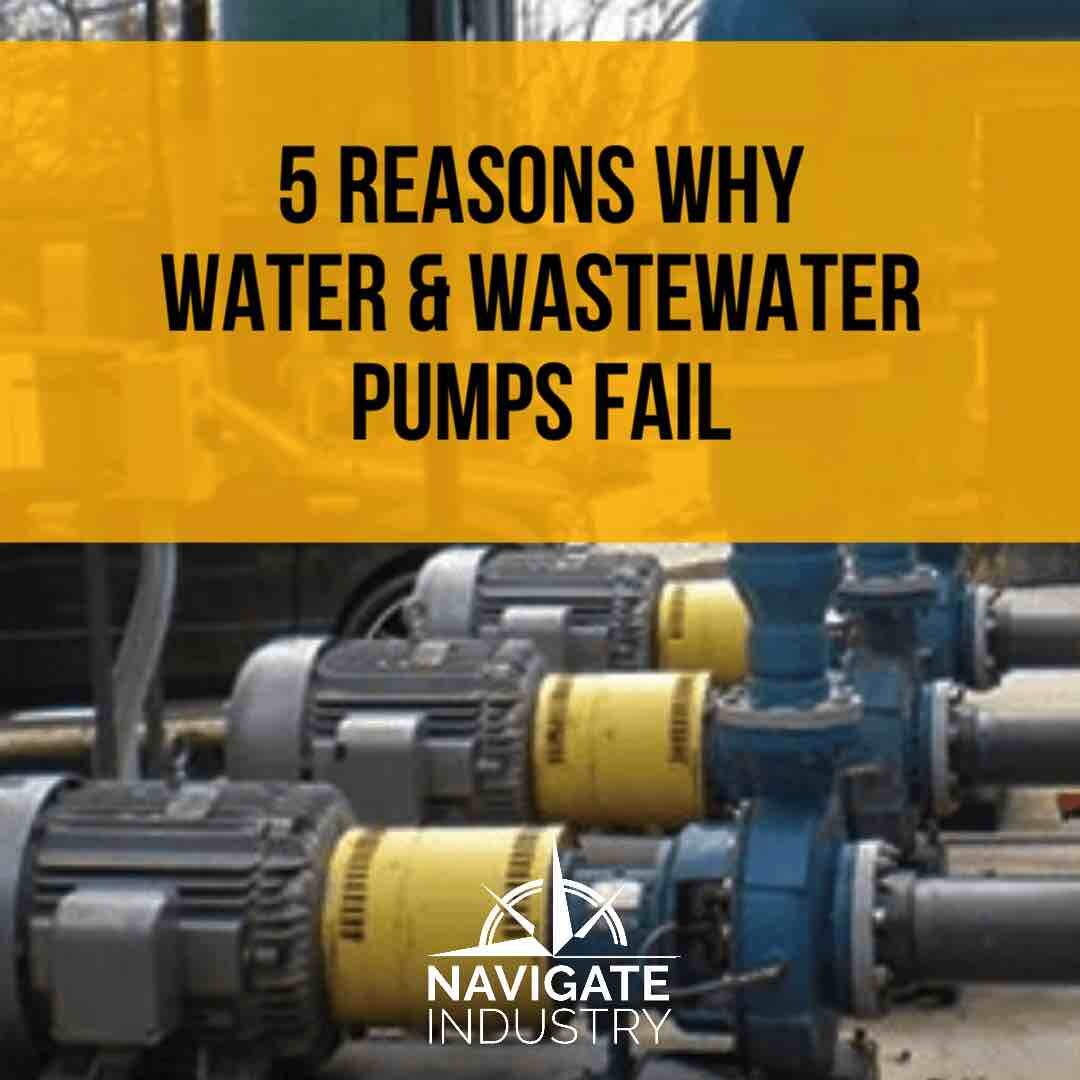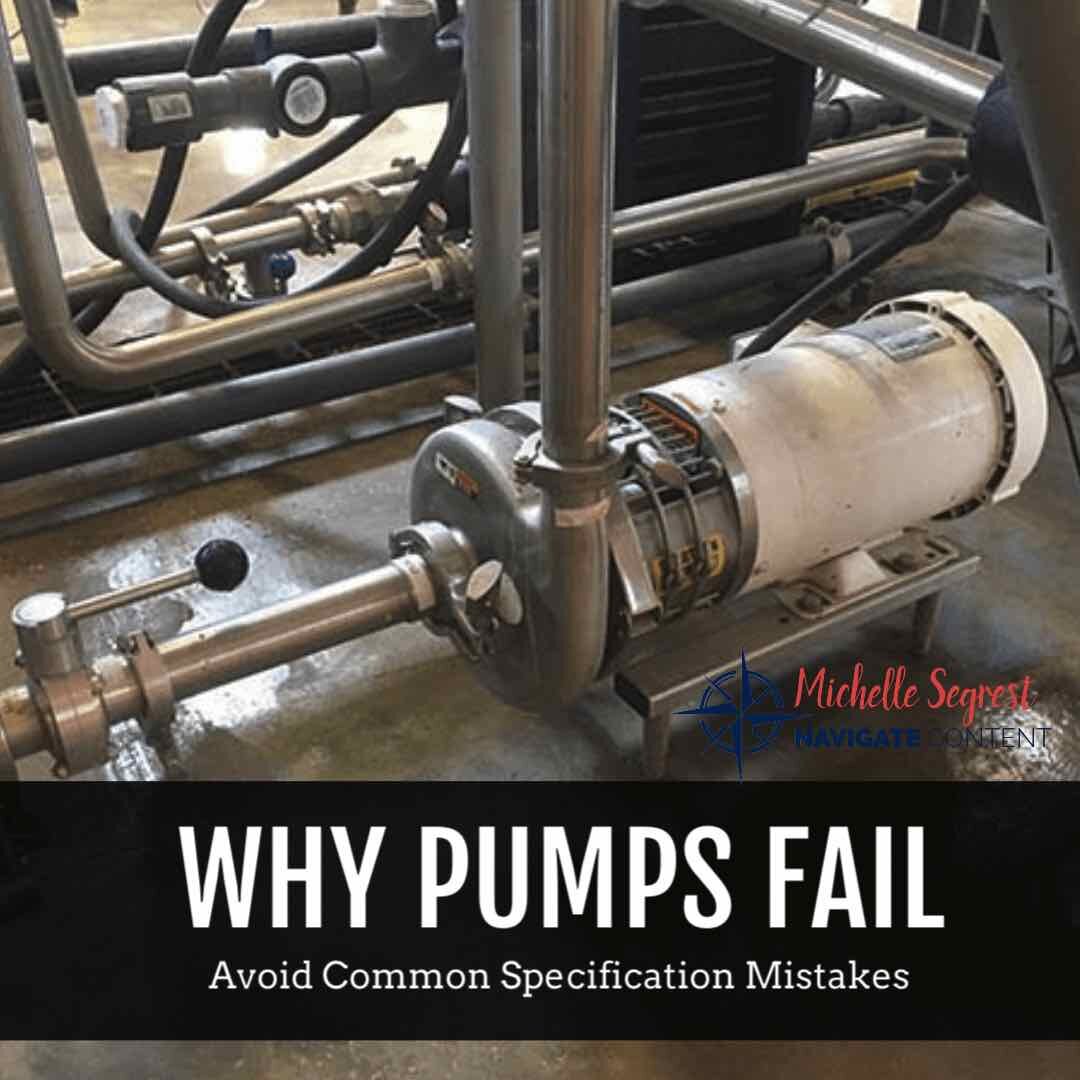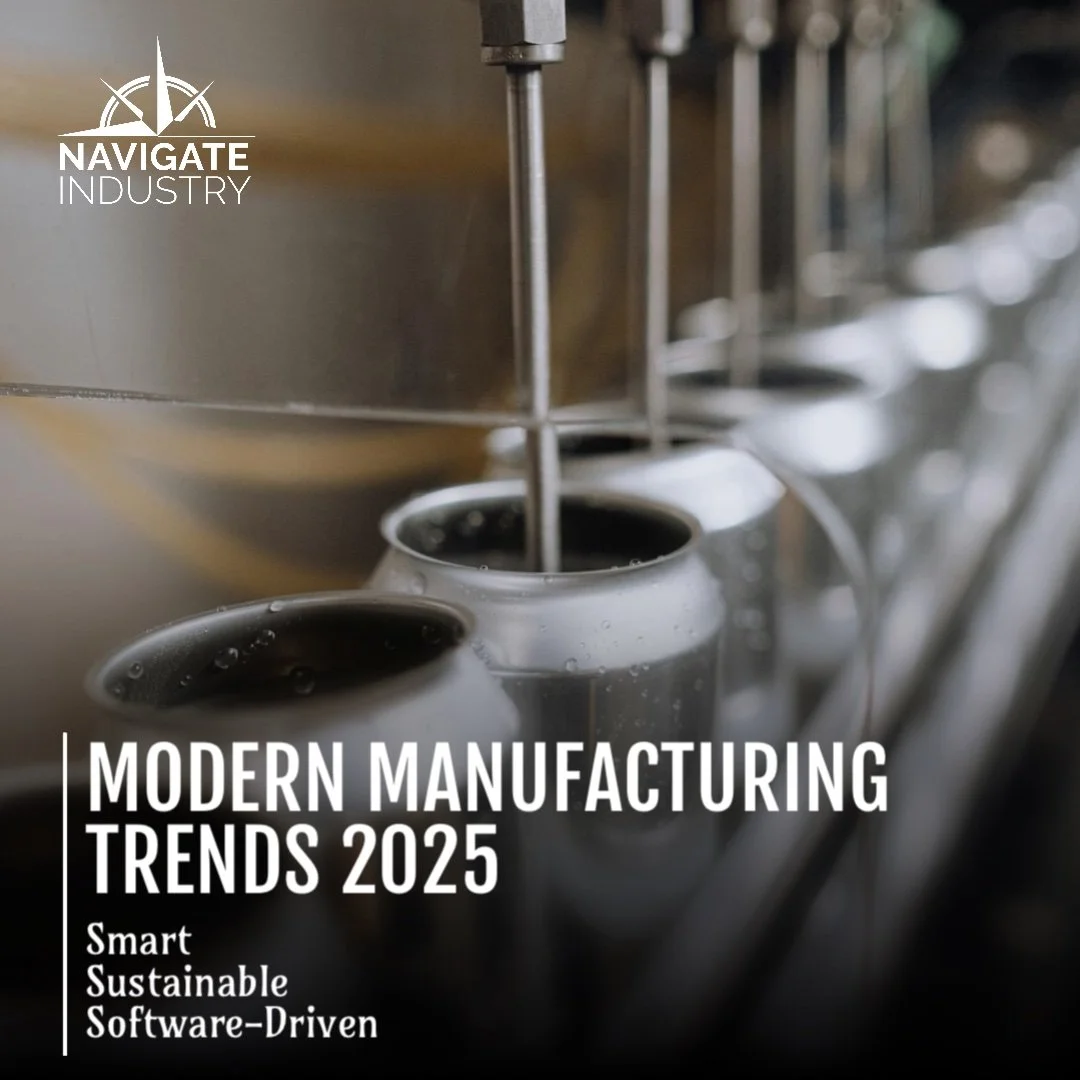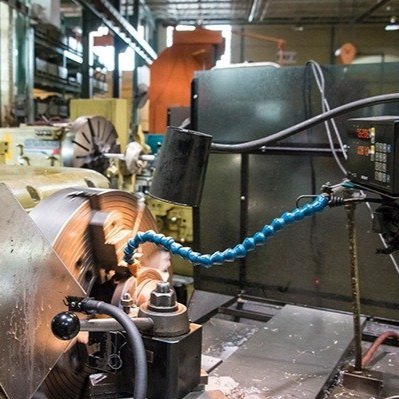How to Improve Facility Reliability — Solution Seeking vs. Problem Solving
/For four decades, Stephen Matthews has been helping facility personnel improve reliability with a “boots on the ground” approach. Matthews uses his engineering, maintenance, operations, and reliability experience to work with companies on various projects in many types of asset-intensive industries.
By Michelle Segrest, Navigate Content, Inc. - Reporting for Efficient PlantMagazine
Matthews uses his more than 40 years of engineering, maintenance, operations, and reliability experience to work with companies on various projects in many types of asset-intensive industries.
You won’t find Stephen Matthews sitting in an office, and you won’t see him wearing a coat and tie.
“I am totally embedded on the shop floor—100% of the time,” the veteran reliability consultant said. “Whether it’s in operations or in maintenance, I firmly believe that the shop floor is where everything happens. I also work on all shifts, and that is where you really see what is going on. I look like one of the guys, and I ask questions.”
Matthews uses his more than 40 years of engineering, maintenance, operations, and reliability experience to work with companies on various projects in many types of asset-intensive industries. He is based in Montréal, but works with companies all over Canada, the United States, and even travels as far as Siberia, Russia, to help companies with various reliability-improvement programs.
He evaluates work management, supply-chain management, and reliability engineering practices, in addition to identifying performance gaps and recommending short-, medium-, and long-term solutions.
Facility Reliability Should Focus on the Efficient Processes
According to Matthews, the challenges are the same, regardless of geography. The focus should be on the process. The secret of his success is immersing himself with a “boots on the ground” approach from the shop floor.
“In a nutshell, I look at things from all levels,” he explained. “I look at it from the point of view of the maintainer and the supervisor. And I look at from a point of view of eliminating as much technical jargon as possible. I am just one of the guys. It’s very hands on. In Canada, engineers wear an iron ring. When I go into a facility I always take mine off because I don’t want them to think that I’m there as an engineer. I’m one of them.”
However, to produce effective change, Matthews pulls from his experiences as an engineer, as well as from his experience with materials management. Once management provides a mission, deliverables, and a timeline, he develops a project plan and has a kickoff meeting using the ADKAR approach (Awareness, Desire Knowledge, Aptitude, Reinforcement) to explain goals and objectives.
After this is presented to the managers, they are asked to leave and Matthews dives into the details with the first-line supervisors, maintenance, and operations teams. Once a global project plan is established and activated, Matthews produces weekly plans and status reports, including corrective actions required to keep things moving.
“As a materials engineer, I learned a lot about the physics of failure,” he said. “From a technical perspective, I understand how equipment works so I understand how it can fail. When I look at different pieces of equipment, I ask the questions, ‘How do these things fail, and what do you do to prevent it?’ I then work with the guys on the shop floor to answer these questions together. I don’t tell them what to do differently. I build upon what they have and together we work through the process.”
Matthews tries to make quick-win suggestions that can show immediate reliability improvement. Then he breaks down the goals into short- and long-term objectives.
“I’m not inventing anything,” he said. “It’s all about getting the folks involved. I do a deep dive into the data, and this is where I can prove things from a pareto point of view to report to management. We look at the connection between what we think is the problem and what the data shows. Then we can determine the cost involved to fix it. This isn’t rocket science. It’s just dealing with folks.”
Building Expertise in Facility Engineering
Matthews’ progression into this field was the result of his educational background and experience with equipment design projects, equipment manufacturing projects, industrial engineering, advanced manufacturing engineering projects, and enterprise systems projects.
As a young man growing up in Canada, a summer job provided his first exposure to maintenance. He was a helper and coach cleaner in the Algoma Central Railway (now part of Canadian National), followed by stints at Weyerhaeuser Mill and Algoma Steel. It was the experience at Algoma Steel that inspired him to change his university major from natural science to materials engineering at Western Univ. in London, Ontario.
Most of Algoma’s rolling-mill equipment was made by Dominion Engineering, a division of Canadian General Electric in Montreal. Dominion’s largest Canadian facility is where he spent the first nine years of his career. He learned how and why design, manufacturing, and installation affected equipment. “This place was an engineer’s dream,” he said.
Six different product lines were being produced in what was GE’s most diversified facility in the world. He was involved with the design and manufacture of complete steel mills, pulp and paper machines, and large mining equipment. Almost every hydraulic turbine and generator for major power-generation stations in North America was made by the company.
“We were making helical gears that were 40 feet in diameter,” Matthews said. “It was huge equipment. We also assembled and tested the equipment. For a young engineer, it was amazing to work in a place like this. It was so huge and highly engineered, you could just absorb so much.”
Even more than the knowledge he gained about equipment maintenance and reliability, this is where he learned that the greatest tool he could have is working with people.
“This is where I learned how to look for solutions rather than trying to solve problems,” he said. “I learned how important it is to get people involved and invested, and then use your engineering skills for your basis of knowledge. I learned to never lose sight of the fact that it’s never about me. It’s about getting solutions from the operating level. If you find solutions to the real problems on the operating floor, the people will buy in and the solutions will actually get implemented. I learned that it does no good to use heavy technical jargon. Nobody cares what you know. They just want to know that you care.”
Focus on Continuous Improvement When Building Facility Reliability
The name of the game is continuous improvement, Matthews said, and generally, this doesn’t happen by tackling the largest problems first.
“For one client, we increased throughput by 33%, and it was all the consequence of small little changes—involving everyone—that we did week to week to week,” he explained. “It was literally hundreds of little things that we put into place and were able to sustain. Sustainability is really the key. I say to my clients, it’s not about you and it’s not about me, it’s about your people. If you address their needs and attack these things from their perspective and make sure you are moving forward, you will get results.”
For this project, a chip mill brought in Matthews for what was expected to be a three-week stint. The mill was scheduled to shut down, but Matthews worked the shop floor and used process-flow analysis to identify small improvements that made a big difference. One problem was a recurring breakdown that required one to three hours to repair.
By placing a marker to identify the point of the regular equipment break, his team was able to isolate one part of the machine and reduce the repair time to just 15 min. Overall, the maintenance team learned to use standard work orders to evaluate machinery health. In the end, the plant did not have to be shut down and is still in operation.
Building an Effective Maintenance & Reliability Philosophy
Matthews’ strategy is simple. Plan your work and work your plan. “Every project is different, yet similar,” he said. “It usually requires patience, creativity, tenacity, and respect. A cookie-cutter approach is never applicable. We all must be constantly learning. I really love to get people involved and see them excited about improving the reliability of processes, systems, and assets.”
Matthews uses this philosophy to help companies with embedded projects, maintenance strategy, and to identify equipment criticality to overcome emotional priorities. “I listen, ask questions, treat people with respect, and follow the golden rule,” he said.
“It’s important to focus on behaviors and identify the WIIFM (what’s in it for me). I incorporate communication and understanding, use a minimal amount of technical jargon, and pay close attention to the details. It’s important to peel the onion as far back as necessary to accomplish your goals.”
He also has a philosophy that great things happen at a facility when it stops looking at maintenance as a service and beings looking at maintenance as a partner. “To me that has been a game changer,” he said.
For Matthews, it’s not difficult to find inspiration. “I love what I do,” he said. “I have never worked a day in my life. Once I feel like I’m working on a project, that’s how I know it’s time to go. I’m not the kind of person who likes the status quo. People have asked if I would stay on as a manager, but that’s just not me. Other people are much better managers. I need to be continuously challenged and always looking for new things.”
Top 5 Tips for Effective Facility Reliability
Create an accurate asset register, P&IDs, and CMMS foundational data files.
Establish a maintenance strategy based on failure modes and equipment criticality.
Establish effective work-management processes and materials-management processes.
Use a team approach with operations, maintenance, and engineering (process, maintenance, reliability).
Treat maintenance as a partner, not a service.
Michelle Segrest is President of Navigate Content, Inc., a full-service content creation firm. She has been a journalist for more than three decades and specializes in covering the people and processes that make a difference in the industrial processing industries. Contact her at michelle@navigatecontent.com




















